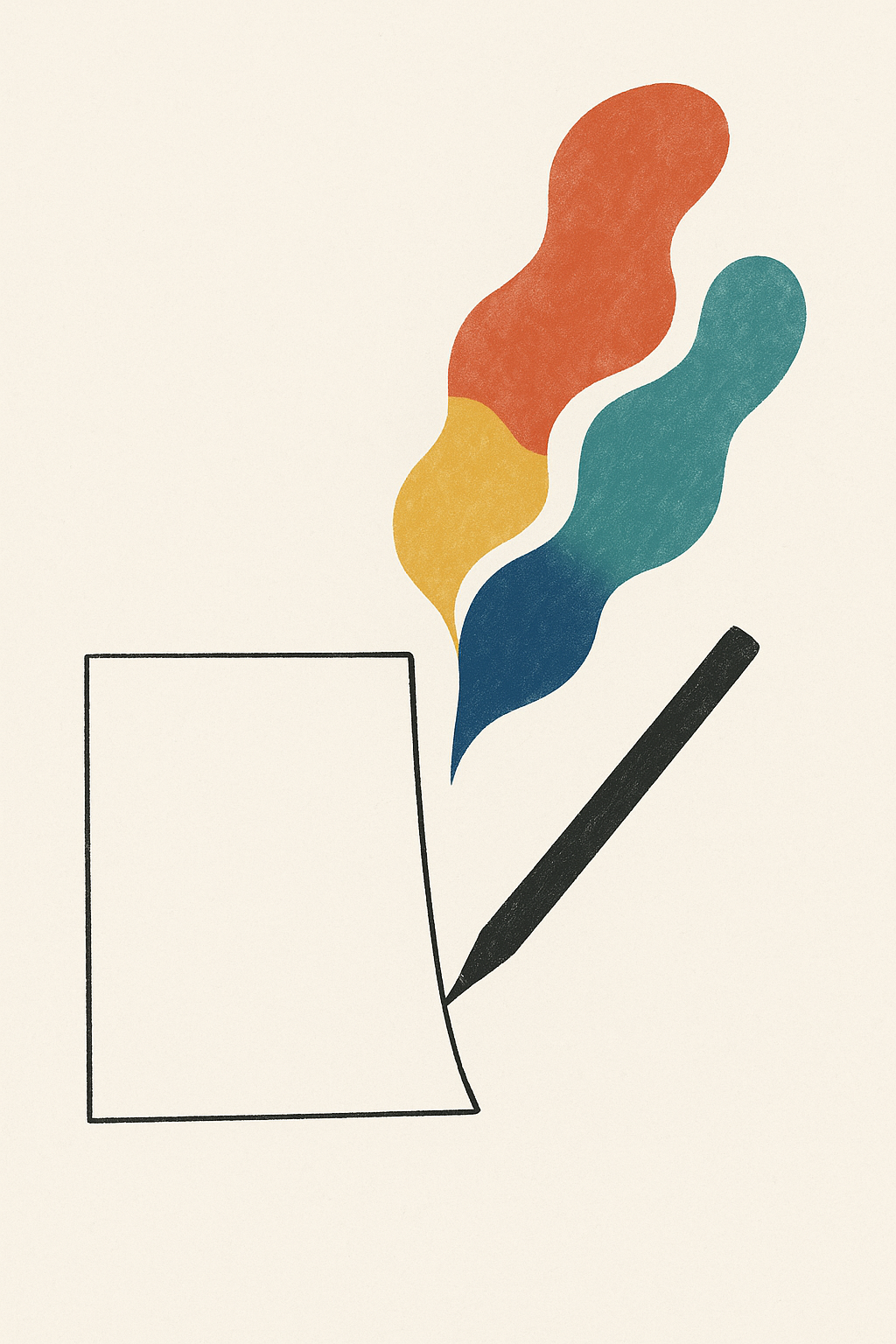Beyond the Blank Page: What Exactly is Creative Writing?
When you hear 'creative writing,' what comes to mind? Is it sprawling fantasy novels, heartfelt poetry, or maybe dramatic screenplays? While all of these fall under its vast umbrella, creative writing is much more than just a genre; it's an approach, a mindset, and a powerful form of expression that liberates words from the confines of strict factual reporting.
At its core, creative writing is any writing that goes beyond the standard journalistic, academic, or technical forms, emphasizing imagination, storytelling, and emotional resonance. Unlike factual writing that prioritizes clarity and accuracy of information, creative writing prioritizes artistic expression, character development, atmosphere, and the evocation of feeling. It often bends reality, explores the depths of human experience, or builds entirely new worlds.
Key characteristics of creative writing include
Imagination: It stems from original ideas, whether fictional narratives or unique interpretations of reality.
Storytelling: Even in poetry, there's typically an underlying narrative or emotional journey.
Sensory Language: It aims to engage the reader's senses, making the experience vivid and immersive through strong verbs, evocative adjectives, and rich imagery.
Emotional Depth: It seeks to connect with the reader on an emotional level, exploring themes like love, loss, joy, fear, and wonder.
Figurative Language: Metaphors, similes, personification, and other literary devices are frequently employed to add layers of meaning and beauty.
Voice: A distinctive authorial voice regularly shines through, giving the writing a unique personality.
From the intricate plots of a mystery novel to the raw honesty of a personal essay, creative writing invites both the writer and the reader into a world where words are not just tools for information, but instruments for art, exploration, and profound human connection.

